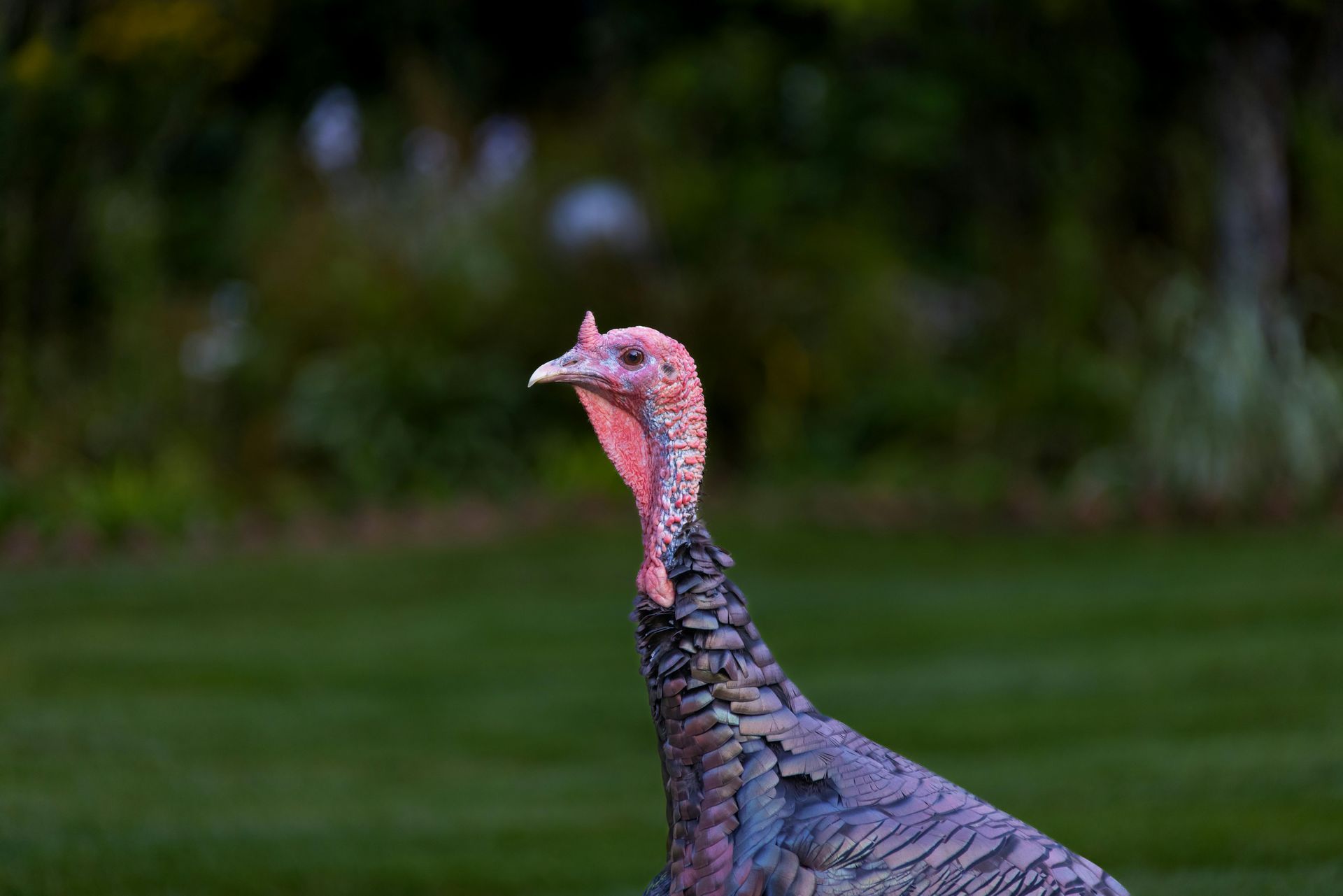
Turkey Hunting with a Crossbow Versus a Shotgun
Are you preparing to go wild turkey hunting this season but cannot decide between a crossbow or a shotgun?
Crossbow advocates are on one side of the debate. They say crossbows are the best weapon because of precision, range, and stealth. However, many hunters stick with their trusted shotgun—it’s more familiar and has a better chance of hitting a tom.
So, which is best for turkey hunting? Crossbow or shotgun?
In this article, I’ll explore the value of turkey hunting with a crossbow or shotgun. After reading the article, you’ll better understand the pros and cons of each weapon for a successful hunt this season.
Overview of the Crossbow
A crossbow is a hunting weapon that shoots bolts or arrows using a bow mounted horizontally on a stock. It uses a trigger device and an elastic launching mechanism to fire the bolt. Hunters use crossbows for accuracy, power, stealth, and ease of use. It’s effective for targeting large game birds at a distance.
Crossbows are commonly used when hunting turkeys. The best crossbows for turkey hunting can fire bolts at speeds of 265 to 400 feet per second (fps). Therefore, you don’t have to be an expert caller to coax a tom within the range of a crossbow.
Advantages of Using a Crossbow
The beauty of turkey hunting with a crossbow is its mobility. The horizontal pitch makes hunting toms from the ground easier than with a vertical bow. When a crossbow is bolted in place and cocked, minimal movement is required—just like hunting with a shotgun.
Let’s look at four pros of using a crossbow when turkey hunting.
Stealth
Crossbows are one of the best hunting weapons for quiet and stealth hunting. The bone-crushing kinetic energy of a crossbow hardly makes a noise. Therefore, there is minimal disturbance to surrounding wildlife, which is crucial for sneaking up on wary spring gobblers.
Precision
Turkey hunting with a crossbow offers precise aiming, enhancing the chances of hitting a turkey’s vital organs. Proper shot placement is crucial for a clean and ethical kill.
Factors enhancing accuracy include impressive crossbow bolt speeds of up to 400 fps, scopes, and weight-matched crossbow bolts and crossbow broadheads. These factors ensure consistent and effective shot placement.
Over the past several years, improvements in crossbow scopes, crossbow bolts, and crossbow broadheads mean that shooting 1-inch groups at 50 yards is now a reality for modern hunting crossbows.
Power
Crossbows deliver sufficient kinetic energy to penetrate a turkey’s thick feathers and tough hide, ensuring effective takedown even at moderate distances. This power is handy for turkey hunting in open areas where shotguns can be less effective.
Longer hunting season
In many states, hunting turkeys with a crossbow has the advantage of a more extended hunting season than a shotgun. For example, you can go wild turkey hunting for the entire season in Minnesota.
Disadvantages of Using a Crossbow
Despite its many advantages, a crossbow may not be for all turkey hunters. It can feel bulkier and take a longer time to cock and load. Therefore, there is more of a learning curve. Let’s briefly examine three reasons why a modern hunting crossbow may not suit you.
Reload time
Reloading time is crucial when hunting turkeys. However, a crossbow takes longer to reload than a shotgun. This factor can be critical when hunting turkeys as the keen-eyed, fast-moving birds can quickly escape your range.
Weight
Despite becoming lighter and more compact, modern crossbows can be relatively heavy. For example, a fully loaded crossbow can weigh between 7.5 and 15 pounds. In contrast, a standard shotgun is around 6 pounds.
Learning curve
Some turkey hunters avoid crossbows because of the learning curve. Of course, modern hunting crossbows have become easier to load and fire. However, cocking and loading a crossbow requires more effort and time compared to simply reloading a shotgun or using a turkey gun with pump action.
Overview of the Shotgun
A shotgun uses gunpowder to discharge multiple small pellets or a single large projectile. It is commonly used to hunt turkeys because it spreads a cloud of pellets, increasing the chances of hitting a tom. The most common types of shotguns for hunting wild birds are semi-automatic and pump-action types.
Let’s examine a few reasons to use a turkey gun on a hunt.
Advantages of Using a Shotgun
- Greater success: Shotguns are effective at close range, making it easier to target a turkey’s head and neck area accurately. The shotgun blast creates a broader spread of pellets, increasing the chances of hitting the tom’s vital organs.
- Faster reload times: Modern turkey guns with a pump action or semi-automatic loading make it easier to fire several shots in quick succession.
- Easy to use: Shotguns are more straightforward to use for beginner hunters. Using a crossbow takes time and practice to shoot with precision. Despite crossbows providing excellent stealth and precision, shotguns are quick and easy to shoot.
Disadvantages of Using a Shotgun
- Noise: The most obvious disadvantage of a turkey gun is noise. A loud shotgun blast is louder than firing a crossbow, potentially scaring off turkeys.
- Meat damage: The spread of pellets from the shotgun blast can cause more tissue disruption and damage to the meat of the bird. This can result in pellets or bone fragments being lodged in the meat. Doctors say that this can also mean that people may consume small lead particles when eating game meat.
- Recoil: Shotguns have more recoil than crossbows, which may be uncomfortable for some hunters, especially newbie hunters.
Comparison: Situational Effectiveness
What are the advantages and disadvantages of a crossbow vs. shotgun in different scenarios?
A shotgun is typically better when turkey hunting in dense woods. They are more effective in limited visibility when you may have to shoot a tom at close range. Its spread can also compensate for any slight inaccuracies in aiming.
A crossbow may be more effective in open fields or hunting in a ground blind. Experienced hunters say that sitting silently in a blind lets you aim precisely and wait for the ideal time to make the kill.
Personal Preference
For many turkey hunters, choosing between a crossbow and a shotgun is a personal preference.
Many turkey hunters prefer the accuracy, ease of shooting, and reduced noise of crossbows. However, the length of the hunting season and local regulations can also affect your choice.
On the other hand, some hunters may prefer the challenge and skill required to use a crossbow, while others may opt for the simplicity and familiarity of a shotgun.
Ultimately, the choice between a crossbow and a shotgun for turkey hunting depends on individual preferences, experience, and the specific circumstances of the hunt.
What’s your experience using a crossbow versus a shotgun for turkey hunting? I’d love to hear your comments, so be sure to share them below.
